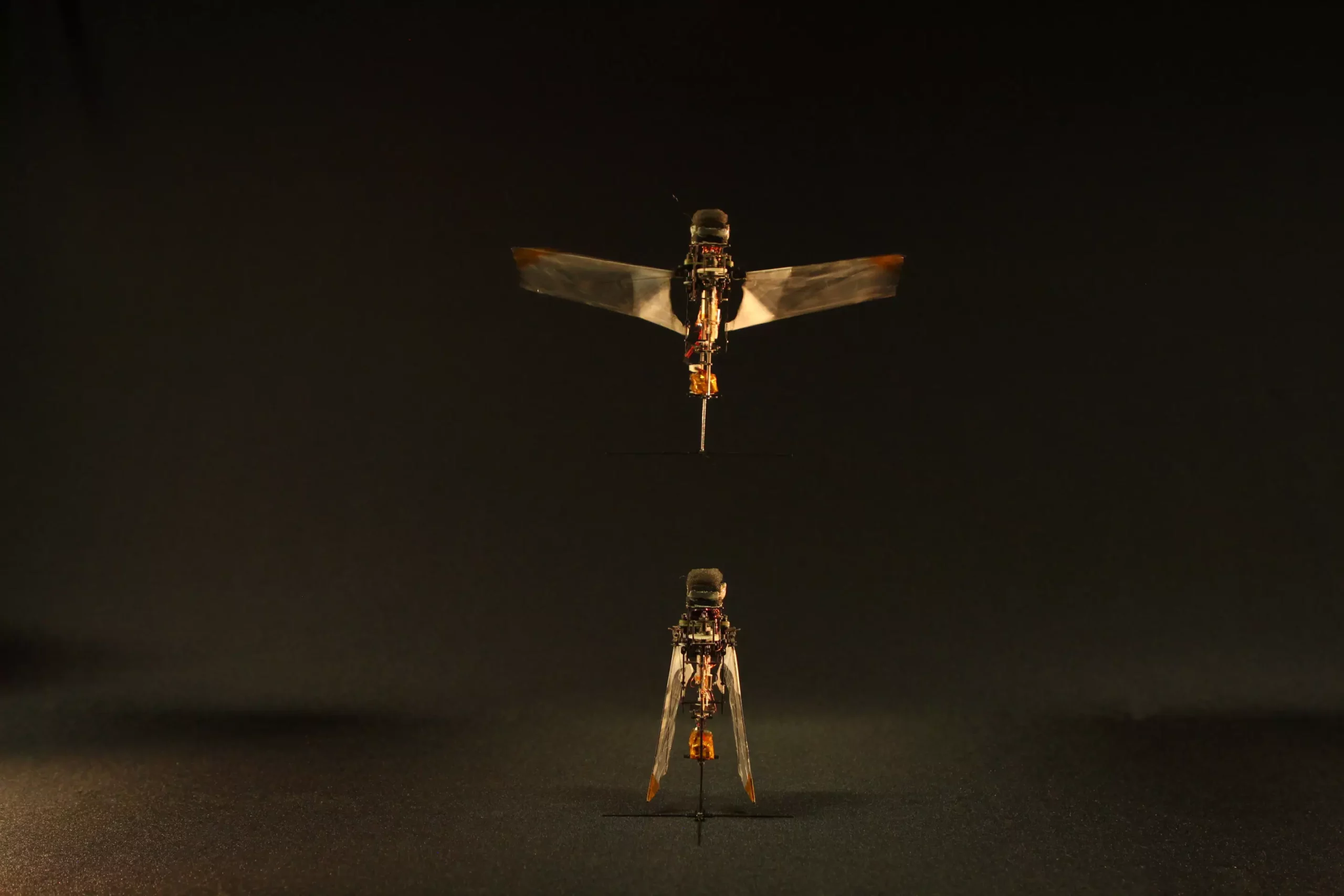The inspiration for flying robots has long been drawn from the wing dynamics of various animal species such as birds, bats, and insects. While the wing movements of birds and bats are typically well-understood, the processes underlying the wing movements of many insects remain a mystery. Recent research conducted by experts at Ecole Polytechnique Fédérale de Lausanne (EPFL, Switzerland) and Konkuk University (South Korea) delved into the unique wing deployment mechanism of herbivorous insects known as rhinoceros beetles, shedding light on the complex nature of insect flight.
Traditionally, insects like beetles were thought to use their thoracic muscles to actively deploy and retract their wings, much like birds and bats. However, the recent study revealed that rhinoceros beetles employ a passive mechanism for wing deployment. The hindwings of beetles resemble foldable origami structures that can be neatly folded and stowed under the elytra while they are at rest, and passively deployed during flight. This passive mechanism challenges the conventional understanding of insect flight dynamics and opens up new possibilities for bio-inspired robotics.
Building upon the insights gained from studying rhinoceros beetles, researchers were able to develop a novel flapping microrobot that mimics the passive wing deployment mechanism of the beetles. Unlike existing flapping robots that rely on extensive actuators to maintain flight, the new microrobot can fold its wings along its body when at rest and passively deploy its wings for take-off and stable flight. This advancement in robotics technology showcases the potential for bio-inspired designs to revolutionize the field of aerial robotics.
The implications of the research go beyond just technological advancements in robotics. The flapping microrobot with foldable wings has practical applications in search and rescue missions, especially in confined spaces where traditional drones cannot access. With its small scale and ability to navigate narrow spaces, the microrobot can be a valuable tool for emergency responders and rescue teams. Additionally, the microrobot’s ability to mimic insect flight dynamics opens up possibilities for studying biomechanics, exploration, and educational purposes.
The intricate wing dynamics of rhinoceros beetles offer a unique perspective on insect flight mechanisms and provide valuable insights for the development of innovative flying robots. By leveraging passive wing deployment strategies inspired by nature, researchers have unlocked new possibilities for the future of aerial robotics. The successful implementation of these bio-inspired designs highlights the importance of interdisciplinary research in pushing the boundaries of technological innovation.


Leave a Reply